
Review on 📶 High-Performance Asus Dual Band Wireless-N 600 SOHO Router with Fast Ethernet, 8 Guest SSID & Parental Access Time Control (RT-N53) by Mike Hernandez

Very happy (mostly) with a pair of these
Coming from a few old Buffalo hotspots that I've had for a few years. They were generally good routers, but required regular reboots, and several generations of Motorola Android phones have always had connectivity issues. So I wanted to upgrade to an "n" router and see if the new technology works better with my phone. Answer: Yes, it works. They were easy to set up and, unlike my Buffalo devices, very easy to set up two devices in tandem - one connected to a cable modem and the other in hotspot mode on the other side of the house, hardwired downlink. I set up two devices with different channels, same SSID, encryption and passphrase and my devices connect correctly to the device with the strongest signal depending on where in the house you are. All DHCP is serviced by the device connected to the cable modem, and the other device acts as a switch. Pros: Very stable, easy to set up, can have guest networks with multiple SSIDs, faster than my old devices, works much better with my Android phones. Cons: Impossible to remove secondary SSIDs without rebooting the device - get it right the first time. Also, in hotspot mode, there were problems configuring the device with wired devices when configured as a switch - the Windows 7 PC had to be physically disconnected and reconnected after a reboot before Windows 7 could see the network. One time problem. Also slow loading and changing settings. Satisfied, and these blocks never seem to need to be reflashed - everything keeps connecting. UPDATE: 06/04/2012 - Problems with firmware .130 and "Access Point Mode" After updating both devices to firmware 3.0.0.4.130, I could no longer connect my mobile phone to an additional hotspot that was in "Access Point Mode". " was configured. The connection kept dropping and trying to reconnect, connections with the head unit in "wireless router mode" remained stable. I downgraded the secondary router version to 3.0.0.4.52 and now everything is back to normal and working. I assume ASUS didn't thoroughly test the new firmware in hotspot mode, which is probably not a common configuration, and hence downgraded it to one star.
- Positives Only
- Expensive Insurance
New products
Comments (0)
Top products in 📶 Wifi Routers
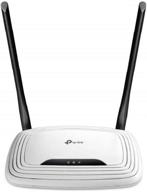
📶 Boost Your Wi-Fi Signal with TP-Link N300 Wireless Extender and Router - 2 High Power Antennas, Access Point, WISP, 300Mbps

216 Review
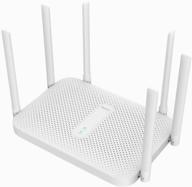
Wi-Fi router Xiaomi Redmi Router AC2100 CN, white

106 Review
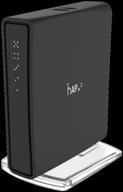
Wi-Fi router MikroTik hAP ac2, black

130 Review
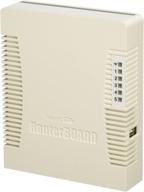
Gigabit Wireless AP RB951G-2HND 💻 Mikrotik with 1000mW Power and 5 Ports

124 Review
Another interesting products
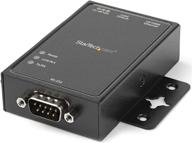
🌐 StarTech.com NETRS2321P: 1-Port RS232 to Ethernet IP Converter, Serial over IP Device Server - Black

5 Review
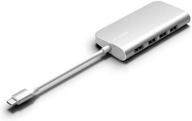
🔌 Juiced Systems Silver BizHUB USB-C Multiport Gigabit HDMI Hub with 3 USB 3.0 Ports, Gigabit Ethernet, 4K HDMI, SD/Micro SD, and USB-C Power Delivery

11 Review
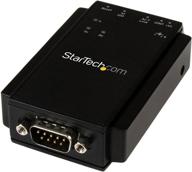
🔌 StarTech.com NETRS232 Serial to IP Ethernet Device Server - DIN Rail Mountable - Serial Device Server - Serial Over IP Device Server (Black)

4 Review
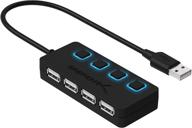
HB-UMLS Sabrent USB 2.0 Hub with 4 Ports and LED Power Switches for Each Port

12 Review

